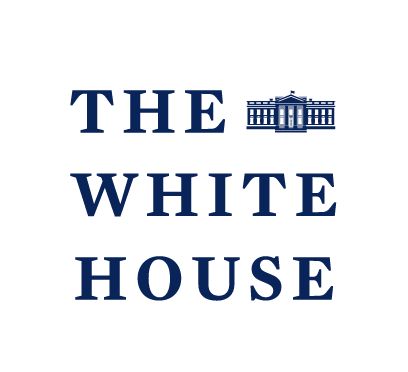U.S. Proposes International Lunar Year Initiative to Foster Global Cislunar Collaboration
by
November 23rd, 2023
Audio Presented by

The White House is the official residence and workplace of the president of the United States.
About Author
The White House is the official residence and workplace of the president of the United States.
